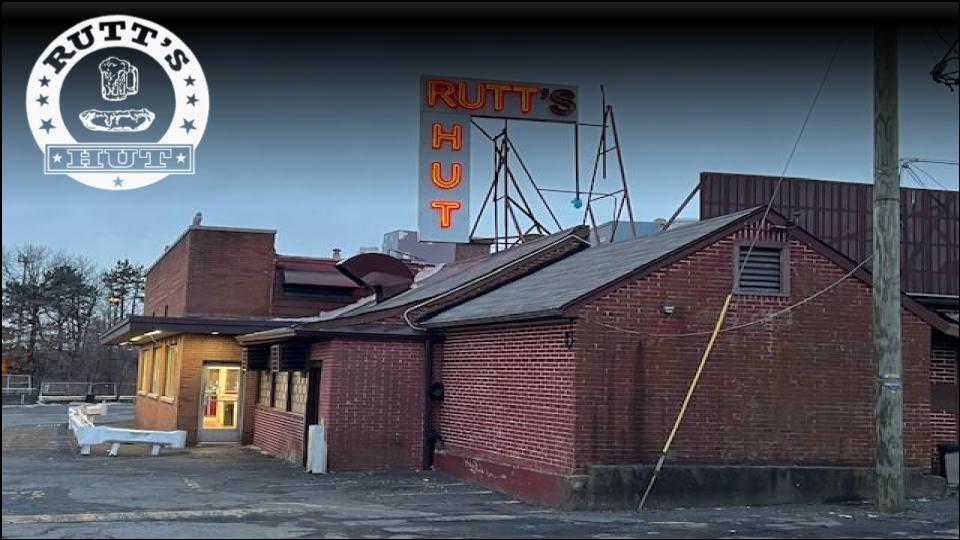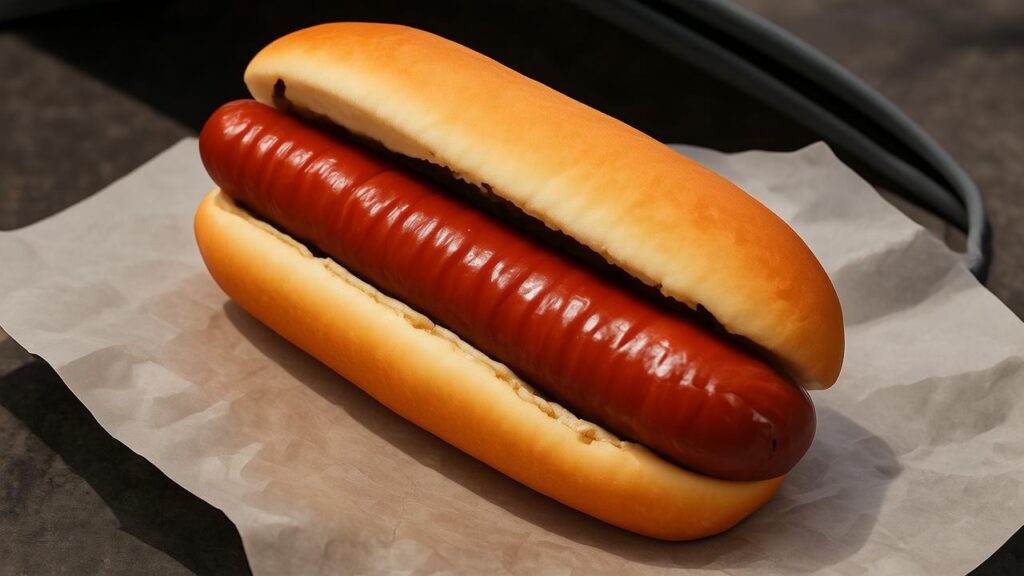Rutt’s Hut, a nearly century-old establishment in Clifton, New Jersey, has gained national attention as Martha Stewart’s hot dog favorite. The restaurant is renowned for its unique deep-frying preparation method, resulting in “The Ripper,” a hot dog with a characteristically split casing. This technique defines a specific style within New Jersey culinary traditions and continues to draw attention from culinary experts and food tourists.

The Technique Behind Martha Stewart’s Hot Dog Favorite
The defining characteristic of the hot dogs served at Rutt’s Hut is their cooking method. Unlike grilling or boiling, the hot dogs are submerged in hot oil. This process is central to understanding why the location is Martha Stewart’s hot dog favorite and a regional culinary landmark.
The hot dogs, traditionally a beef-and-pork blend made by the New Jersey-based Thumann’s company, are deep-fried until the casing bursts open due to the intense heat and internal steam. This rupture led to the hot dog’s nickname, “The Ripper.”
The process involves two stages of frying. The hot dogs are initially cooked in oil at a specific temperature. They are then held until a customer places an order, at which point they are fried a second time to achieve the desired texture and crispness, according to culinary historians who have documented the process.
Customers can specify the degree of frying. An “In-and-Outer” is cooked briefly, maintaining a softer texture. “The Ripper” is the standard preparation, cooked until split. A “Cremator” is fried significantly longer, resulting in a heavily charred, deeply caramelized exterior.
This method of preparing deep-fried hot dogs results in a product that is distinct from standard American hot dogs. The exterior is dense and crisp, while the interior remains moist.
Rutt’s Hut and the Legacy of “The Ripper” Hot Dog
Rutt’s Hut opened in 1928, establishing itself long before it became famous for “The Ripper” hot dog. Its longevity has made it a significant institution in a state known for its distinct hot dog culture. Martha Stewart, who was raised in nearby Nutley, New Jersey, has frequently cited Rutt’s Hut as her preferred preparation. In various interviews and television segments, Stewart has referenced the nostalgic connection and the unique flavor profile of the deep-fried dog.
“It’s a very special hot dog,” Stewart mentioned during a segment on her television show, highlighting the specific texture achieved by the frying process.
The establishment itself is divided into two sections: a standing-room-only counter area where the atmosphere has remained largely unchanged for decades, and a separate dining room and bar area. The ordering process at the counter adheres to long-established verbal codes regarding the degree of frying and condiments.

The Crucial Role of the Signature Relish
The preparation at Rutt’s Hut is incomplete without its signature condiment. The relish is as famous as the hot dog itself and is a critical component of the flavor profile.
The relish is a bright yellow, mustard-based mixture featuring finely chopped cabbage, onions, and carrots. It provides a sharp, tangy counterpoint to the rich flavor of the fried hot dog. According to Rutt’s Hut management, the recipe for the relish is proprietary and has remained consistent for decades.
Food critics often note that the acidity and texture of the relish are essential to the experience. John T. Edge, a food writer and expert on American regional cuisine, has noted that such specific, house-made condiments are key markers of historic food establishments.
Contextualizing Deep-Fried Hot Dogs in American Cuisine
While hot dogs are ubiquitous in American food culture, the deep-fried style remains a hyper-regional specialty, primarily associated with Northern New Jersey.
New Jersey culinary traditions include several distinct hot dog variations, such as the Italian Hot Dog (served in pizza bread with peppers and onions) and the Texas Weiner (a chili-topped dog). Rutt’s Hut represents the deep-fried category, a method shared by only a few other establishments in the region.
Culinary historians suggest that the prevalence of distinct hot dog styles in New Jersey stems from its history as an industrial center with diverse immigrant populations who adapted the German sausage to local tastes and cooking methods.
While Rutt’s Hut has received national accolades—including recognition from the James Beard Foundation as an “America’s Classic”—the deep-fried method has not been widely adopted outside of this specific geographic area. This specialization has cemented Rutt’s Hut’s status as a culinary pilgrimage site.
The endorsement by Martha Stewart brings national visibility to this specific regional tradition. It highlights how traditional, specialized cooking methods can maintain relevance in the modern culinary landscape.
The continued operation of Rutt’s Hut relies on maintaining the consistency of “The Ripper” hot dog. Despite changes in ownership over its 90-plus years, the fundamental cooking techniques and the signature relish recipe remain the cornerstones of its reputation.
